Over the last number of years the St. Clair O’Connor Community (SCOC) Board has reviewed and renewed its mission statement and constitution. Through these evaluations many questions were raised about this multi-generational housing project that currently has residents from young children to those over 100 years old.
The St. Clair O’Connor Community is a not-for-profit facility in Toronto developed in 1982 under the sponsorship of two Mennonite congregations. It consists of a 25-bed Long-Term Care section, 128 apartments, townhouses for families, a Supportive Service Program, an Adult Day Program, and an Elderly Persons Centre. It is supported by the Ontario Ministry of Health, the City of Toronto, Danforth Mennonite Church, Toronto United Mennonite Church, and private donations through the SCOC Foundation.
It has not been easy for St. Clair O’Connor to remain true to its mission and comply with new government regulations as the organization no longer has the ability to decide who can stay in the long-term care facility or which subsidized-housing people were to live in its apartments. This was not the vision of the initial project and disturbs the current board members.
The present 25-bed long-term care facility faces the challenges of operational inefficiency and structural non-compliance with current government requirements. At its current size and location, redevelopment is not viable.
A steering committee of management, board members and representatives of the SCOC Foundation board have identified an innovative and viable model of care for persons in the later stage of life. This model would close the long-term care beds and focus on providing substantial care so that persons could continue to live independently.
The proposed model would expand existing supportive housing services and implement new assisted living services for high-risk seniors. It would include a two-bedroom apartment to accommodate temporary, short-stay convalescent care to seniors at SCOC and the surrounding neighbourhood. It would also include a neighbourhood service house where people living nearby could participate in an array of programs and services to support healthy aging. This model, consistent with the mission, vision and values of SCOC would enable people to live independently and enjoy a community of support.
Currently, the Board is looking to hire a person to spearhead this next phase. Much needs to be done including some physical reconstruction.


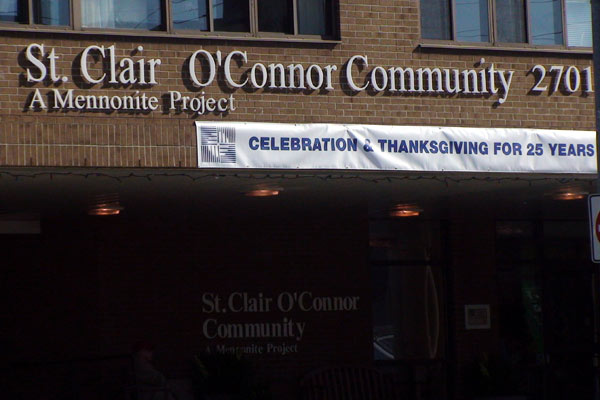
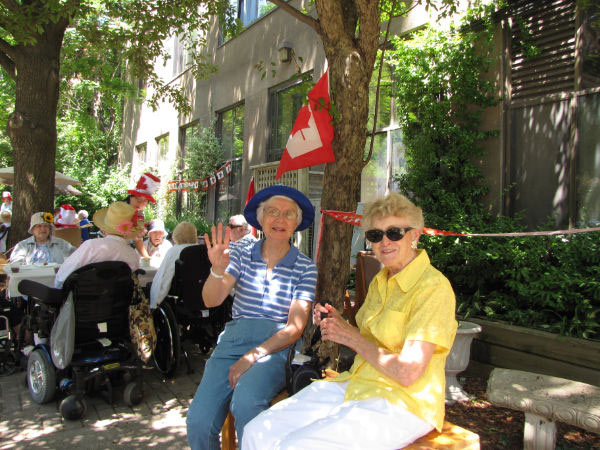
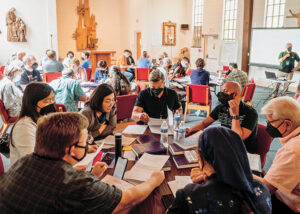
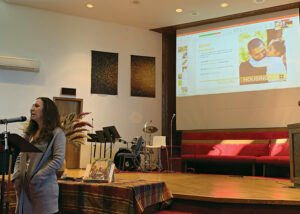
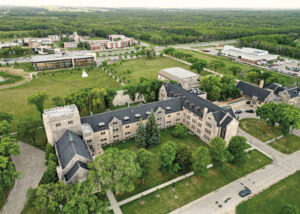

Leave a Reply
You must be logged in to post a comment.